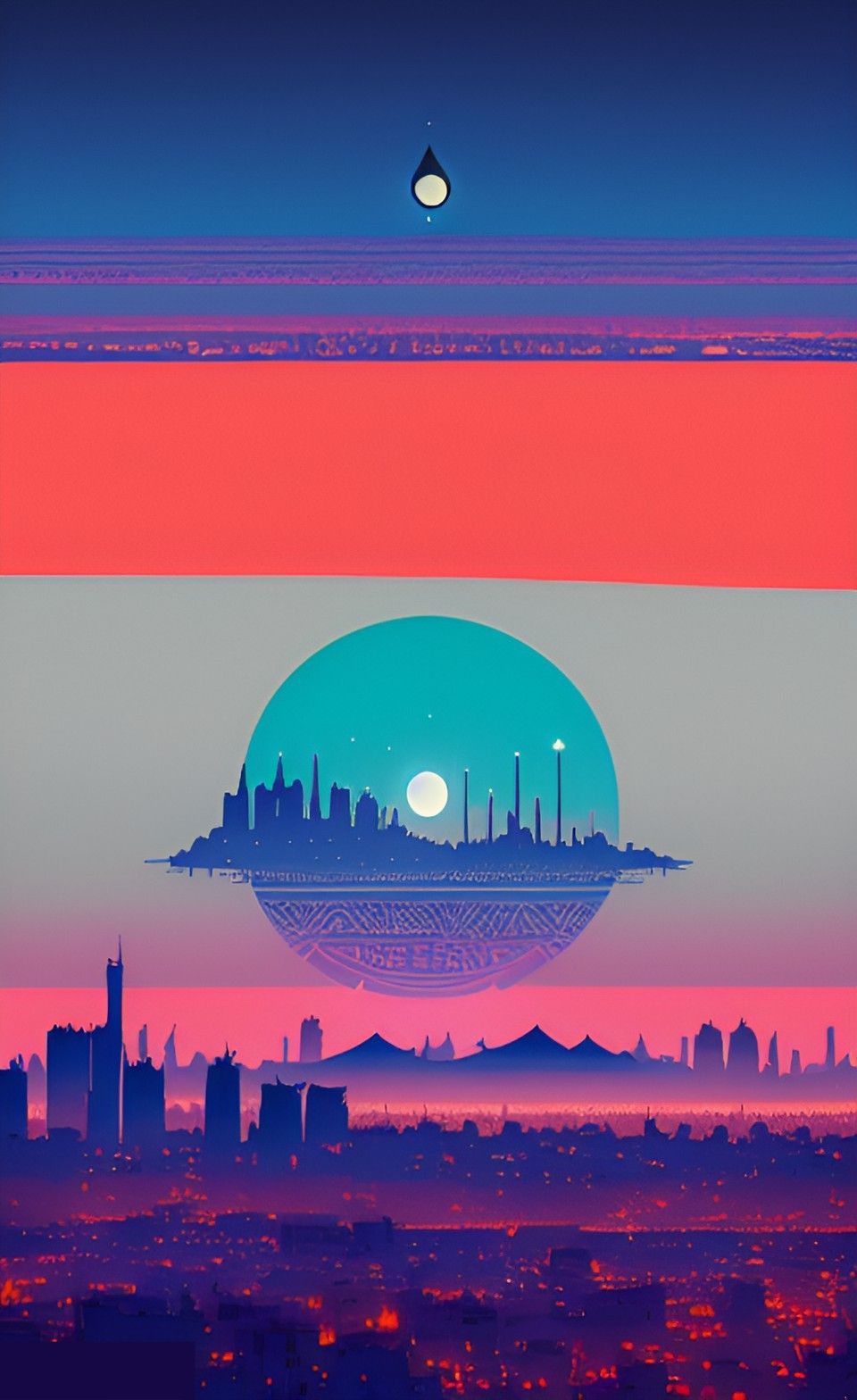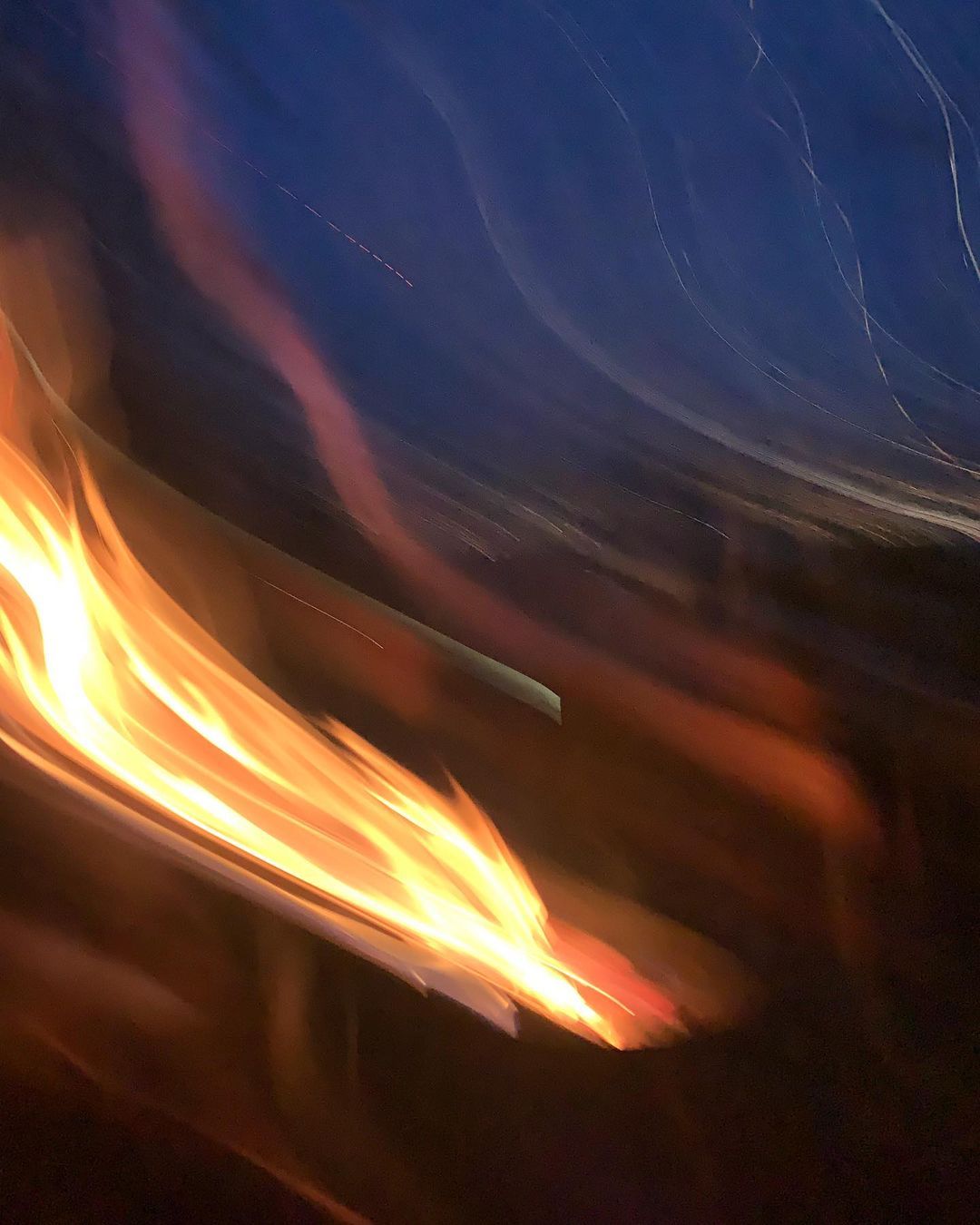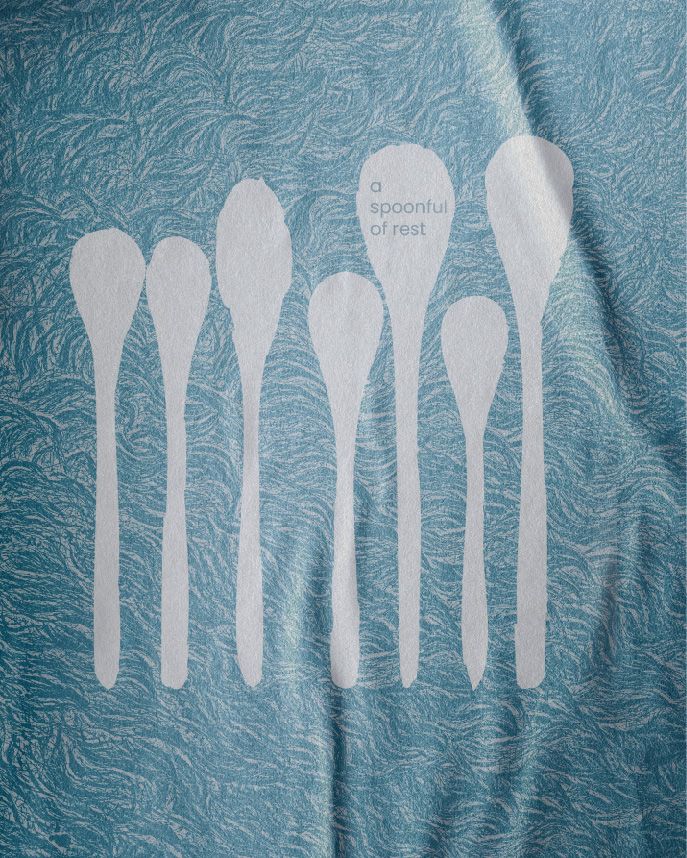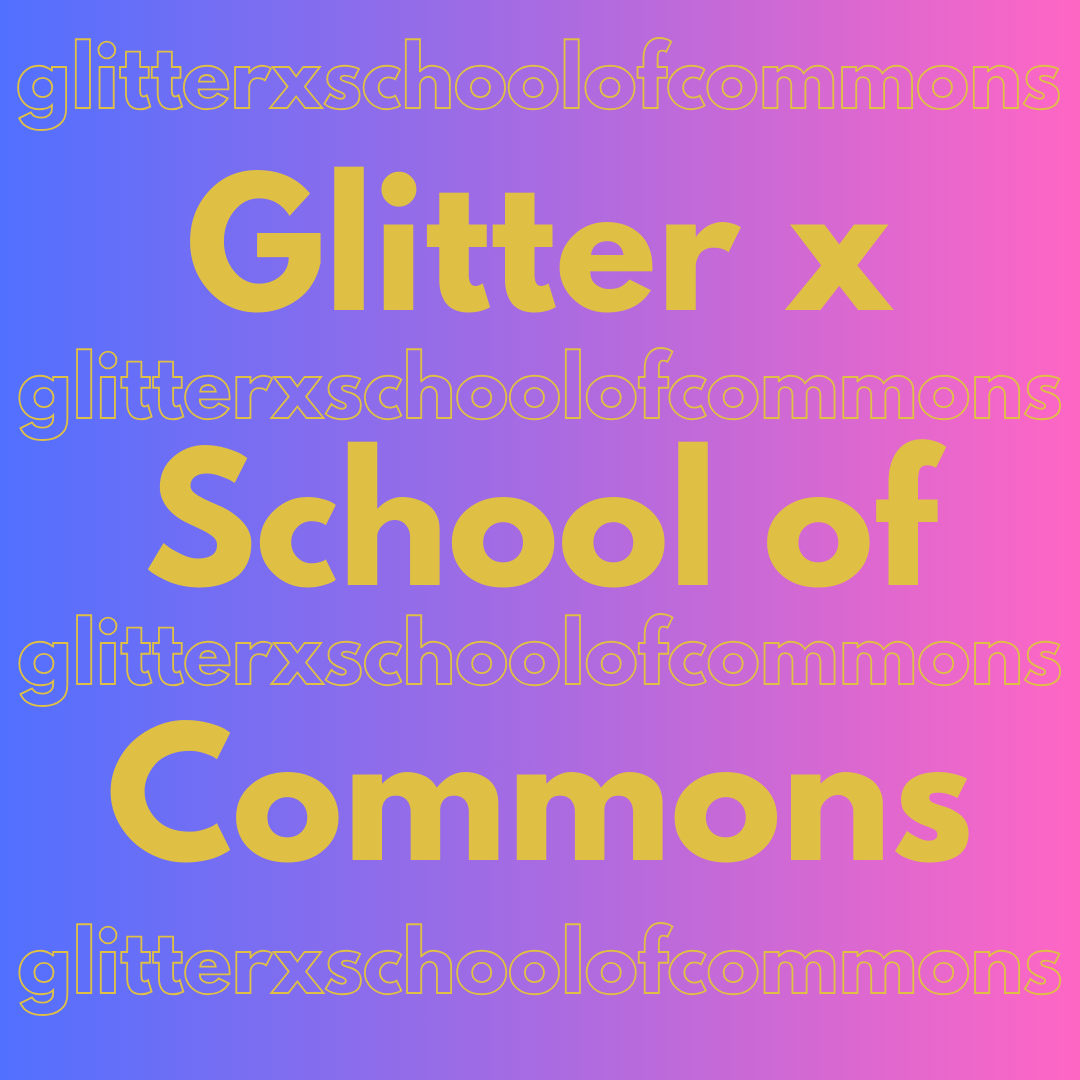Hope is not a naive idea—it is the active choice to keep building.
In the Eye of the Sea is an Afro- and Arabfuturist short story collection by writer-performer duo Jara Nassar and Jamie McGhee.
As postcolonial science fiction movements, Arabfuturism and Afrofuturism emphasize the triumph of hope in the face of collapse. In the Eye of the Sea clings to this idea, asking, through fiction, “How can radical hope empower African and Arab communities to (re)frame and (re)interpret their past histories and build toward a self-determined future? How can such hope transcend these communities and have a global impact?”
Narrative Structure
In the Eye of the Sea is divided thematically into five sections, with two short stories in each section. The themes revolve around 1) chosen and found families, 2) symbiosis with nature, 3) connection to ancestral lands, 4) evolution of spiritual practices and 5) renewal of one’s understanding of death.
Half of the stories are Afrofuturist—that is, building speculatively on the legacies and cultural traditions of the African continent and of the African diaspora in the Caribbean and Americas. Afrofuturism, which originated in the 1970s, dares to imagine a future in which Black bodies are valued, West African traditions lost during the Transatlantic Slave Trade are recovered and new African societies thrive unvarnished by colonialism.
The other half of the stories are Arabfuturist, highlighting the technologies, potentialities and identities of the Levant and the diaspora in Western Europe. Arabfuturism, inspired by Afrofuturism, often centers on land: on forging secure ties with one’s familial homeland, free of occupation, and on reclaiming a peace that was lost for all.
Language and Character
Multilingualism: While English is the primary language of the stories for practical purposes, the collection foregrounds Arabic, Swahili and French Creole to disrupt linguistic imperialism. Levantine Arabic (Shami), heavily influenced by French and in more recent years by the rise of English, represents the unique everyday modalities of Arabic grown since the separation of Bilad Ash-Sham. Swahili (Kiswahili), heavily influenced by Arabic due to colonization, is the most widely spoken African language and ties African Americans back to the continent. French Creole (Kwéyòl) signifies how colonized Black subjects in the Caribbean continually reshape the colonizer’s tongue to claim the language for themselves.
Voices: A key tenet of Afro- and Arabfuturism is elevating the voices of those who traditionally go unheard. Grown from the perspective of two queer writers of color, In the Eye of the Sea spotlights characters who break away from norms, who are women, who are nonbinary, who are transgender, who are disabled, who are neurodivergent, who are poor, who are suffering from PTSD.
Central Question
Hope is not a naive idea—it is the active choice to keep building.
Hopelessness can be an ever-present ache for people with ties to Africa and the Middle East, where centuries of colonialism and slavery—compounded by environmental exploitation and governmental corruption—can leave communities feeling exhausted, exploited and discarded. This results in what philosopher Franco Berardi terms the “cancellation of the future.” This is the belief that because the present will not improve and the future will only get worse, it’s better not to imagine any future at all.
As science fiction-based art movements, Afrofuturism and Arabfuturism counter that belief, providing speculative frameworks for communities to visualize the lives they want to lead and carve a way forward, breaking away from the constant catastrophes of the everyday. Imagining the future is a political act. What cannot be envisioned cannot be pursued.



